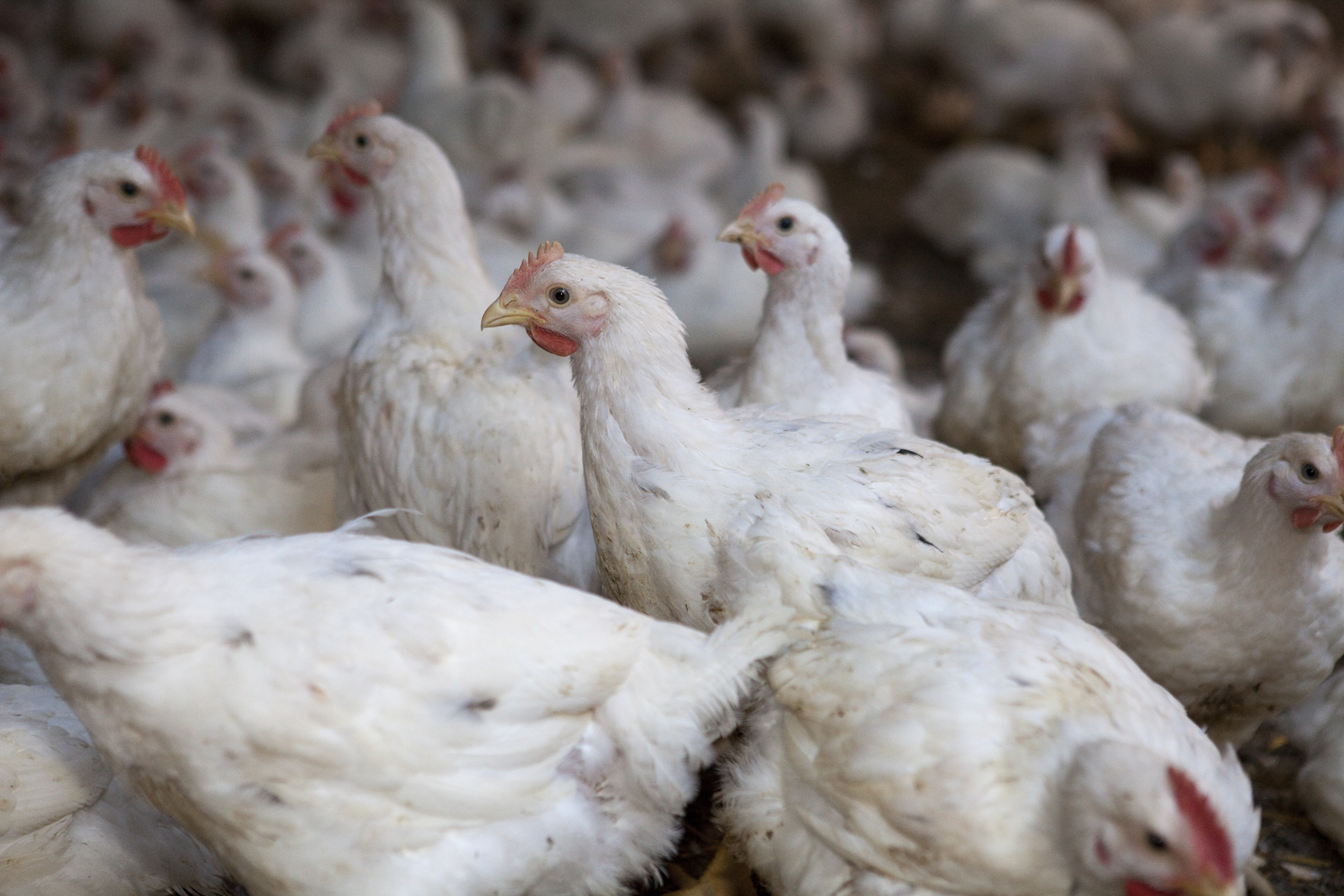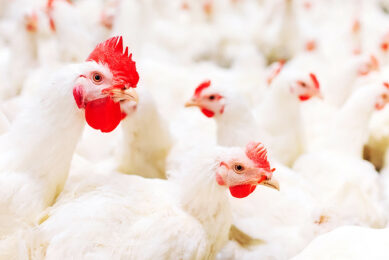3 ways to reduce zinc and copper in animal feed

Zinc and copper can be found in high levels in manure, resulting in high levels in soils. This can cause serious concerns for the environment. Want to know how feed measures can reduce this impact?
To stop the accumulation of zinc and copper in soils two actions are needed. First, the amount of manure that is spread on fields should be reduced. However, this is not enough to realise a steady state situation in which the supply is equal to the release of zinc and copper. Secondly, to achieve a steady state situation, it is also necessary to reduce the amount of zinc and copper in animal feed. In general, the requirement for zinc and copper is markedly exceeded, the excessive amount will not be absorbed, but passes the gut and ends up in the manure.
Reducing the zinc and copper level in poultry feed
To reduce the level of zinc and copper in poultry feed it is important to know the requirement of the birds, taking into account different functions of these trace minerals. Searching the literature a broad range in zinc and copper requirements can be observed. This indicates that the true requirements are not known exactly. Trace minerals are not so extensively studied as other nutrients like energy and amino acids. This is partly due to the fact that addition of trace minerals was not an issue in the past, and a large safety margin was used to achieve a good production performance. Furthermore, the requirements depend on the parameter that is investigated. The requirements are different for optimal feed conversion ratio, growth or egg mass. Besides, the requirement is affected by for instance age, health, stress, other nutrients, environmental conditions.
Furthermore, it is known that zinc and copper strongly interact with each other and with other (trace) minerals. High dietary zinc induces copper deficiency and vice versa as both elements compete for absorption. However, although the exact requirement is not known, the amounts of zinc and copper allowed in poultry feed within the EU is higher than needed by the birds. The EU allowance includes a safety margin to ensure an appropriate coverage of the animal’s requirements. For instance, the zinc allowance is twice as high as the requirement (based on the meta-analysis; Table 1). So, there is still a substantial gap between requirements and allowances. A better understanding of the requirements will be beneficial for reduction of zinc and copper in feed.
Solutions to reduce dietary levels in feed
If the requirement is known, the levels in the feed can be reduced by lowering the total levels or by increasing the bioavailability of the trace minerals.

Reducing premix levels
One way to reduce the amount of zinc and copper in feed is by lowering the amount of these trace minerals in the premix. This might be possible, for instance, in the finisher phase of broilers. No extra storage of minerals is needed in the last phase of production, and supplying half a dosage of zinc (100 vs. 50 mg/kg) and copper (15 vs. 7.5 mg/kg) did not affect production performance of broilers from 0-37 days of age.

Organic and inorganic mineral sources
Another way to reduce the amount of zinc and copper in feed is by increasing the bioavailability of the trace minerals. A distinction can be made between inorganic and organic trace mineral sources. Inorganic sources are mainly the minerals in the form of oxides, sulphates, chlorides and carbonates. The inorganic sources dissociate at low pH in upper gastro-intestinal tract leaving minerals susceptible to various nutrient and ingredient antagonisms that impair absorption. The organic trace mineral sources are the so called chelates; a binding of an organic ligand (usually a mixture of amino acids or small peptides) to a mineral.
In literature, a more than 150% bioavailability for different organic zinc sources compared to inorganic zinc sources are observed in poultry using tibia zinc content as reference parameter. The effects of organic copper compared to inorganic copper are less strong than for zinc. A bioavailability of 112% was observed for a copper chelate relative to copper sulphate using copper content in the liver as a reference parameter. It should be noted that copper in the liver can be used as an indicator for copper toxicity, and the body will reduce copper absorption if levels in the liver are too high. Besides, the bioavailability of copper is not extensively studied in poultry. The organic zinc and copper sources are also of interest to use in combination. They probably do not compete for transporters in the intestinal tract, whereas inorganic sources do.
Therefore, the interaction between zinc and copper, as discussed before, can be observed when using both minerals in inorganic form, but not when using one or both in organic form. The higher bioavailability of organic zinc and copper is mainly of interest to lower the amounts in the diets and to reduce the excretion. However, effects on production performance are also observed, but not consistent. In broilers, effects on body weight gain, but not in feed conversion ratio, were observed when using organic instead of inorganic mineral sources. In laying hens, eggshell breaking strength and eggshell thickness were improved by use of organic minerals instead of inorganic, making the organic sources of interest for aged birds. In layer breeder birds, organic mineral sources improved total egg production by 4.1% and the number of hatchable eggs by 4.9%.

Use of phytase
A third way to reduce the amount of zinc and copper in feed is by use of the enzyme phytase. Phytase is often used in poultry diets to utilise the phytate-bound phosphorus. However, also other nutrients like amino acids, fatty acid, and minerals like zinc and copper, are bound to phytate. The addition of phytase in the diet will not only utilise phosphorus, but also the other nutrients. Several studies showed a higher retention of zinc, copper and other minerals when phytase was added to the broiler diet. The European Food Safety Authority stated that the use of phytase in swine would allow a reduction of the maximum zinc content in complete feed by 30%. A similar effect can be expected for poultry.
Zinc and copper are essential nutrients, allowance in animal feed higher than requirement
It has to be kept in mind that zinc and copper are essential nutrients and must be supplemented. The EU allowance for zinc and copper in feed is, however, higher than the requirement. Therefore, zinc and copper levels in the feed can be lowered by improving the availability. This can be done by the use of the enzyme phytase, utilising the phytate-bound zinc and copper. Further improvement can be reached by use of organic zinc and copper sources instead of inorganic sources. The organic sources will not always improve production performance, but due to the higher bioavailability, will result in a higher retention and lower excretion.
The paper is based on a presentation given during a Lunch Symposium organised by Novus at the European Symposium on Poultry Nutrition in Prague, August 2015. References available on request (LStar@schothorst.nl).
Source: All About Feed magazine, Volume 24.1 (2016)












